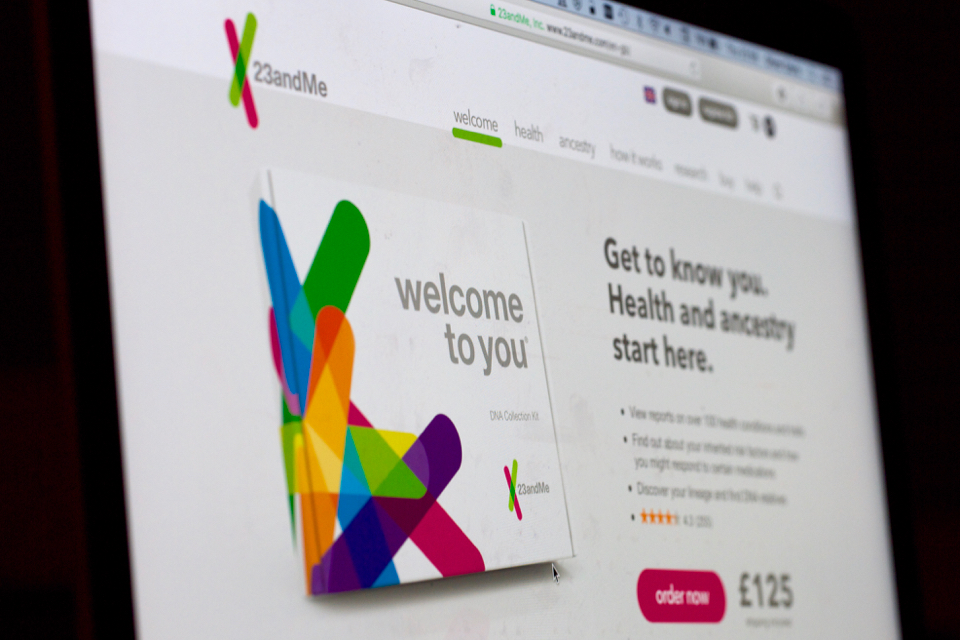
A couple of months ago I signed up to send a tube full of saliva to a company called 23andMe. After seemingly endless spitting and six weeks of waiting, I received an email: my DNA report was ready.
My reason for signing up was a geeky fascination with the world of genetics. Ever since my first encounters with the subject at school, I have wanted to understand more about the incredible code of life lying within each of our cells and how this relates to human development, disease and behaviour. This fascination led me to be curious about my own hidden genetic liabilities.
What do the results reveal? Well, a lot of things I could have told you myself. I have high coffee metabolism. I have blue eyes and straight hair. However, some things are more enlightening; I now have an indication of my risk of 11 diseases including Alzheimer’s, breast cancer and Parkinson’s as well as my carrier status for over 40 single gene disorders. The ancestry report correctly reveals my grandparents’ genetic origins, telling me I am 23% Ashkenazi Jewish, my Grandfather’s contribution. And I am 3% Neanderthal (apparently most people fall between 2% and 4%). On top of this, 23andMe allow me access to the raw data for all of my genetic variants: perfect for a true genetics geek like me!
Beyond my simple curiosity, I had a second motivation. When I talk about my research with family and friends, I am increasingly aware of the common misconceptions about genetics. There is an overwhelming fear of genetic determinism: that “a gene for x” causes definite outcomes with nothing that can be done about it. This is very rarely true, and I wanted to see how 23andMe would handle such likely misinterpretation.
Some of the disease risk reports are for serious life-limiting conditions. However, increased risk of disease doesn’t necessarily mean the outcome is inevitable. For example, if you have high genetic risk of heart disease, you might make environmental changes to counteract your genetic propensity, such as regular exercise and a healthy diet. In the Dynamic Genetics lab we work towards understanding this complex interaction between environment and genetics. Nothing is necessarily set in stone, because genetics is about what is, not what could be.
So how does 23andMe do? I was impressed with the level of information provided for each disorder. Before viewing your risk for Alzheimer’s, breast cancer or Parkinson’s disease, you have to read information explaining the test results in order to unlock them. Text above each health report reads: “These reports show your results for specific genetic variants that are associated with a higher risk for developing certain health conditions. However, these reports cannot tell you whether you definitely will, or will not, develop the condition.”
But if I had received bad news, would the website provide enough support? It is very different to find these things out online as opposed to sitting opposite a genetic counsellor or your GP. And there will be many people who do not so much as glance at the supplementary information supplied with each disorder, but go straight to the results.
I was shocked by my own reaction to the report. It revealed I have 4 genetic variants associated with higher than average body mass index (BMI). Having spent my life jealous of my stick thin sister, my initial reaction was “this explains it!”. Although I am aware genes are not deterministic, I still surprised myself that I was much happier to place the blame with my genes rather than the fact I eat twice as much as her! (Of course, my eating behaviour is also influenced by my genes, but that’s a story for another day.) We somehow need to change this mind-set, to make a genetic liability for a negative outcome a motivator for positive change, rather than simply down-heartening. Especially when you consider that all of the currently known variants for BMI explain only around 2% of the variation between people (and I don’t even have the high risk version of all of them).
For many common disorders, our ability to predict risk from genetic data is just not very good right now. Complex disorders are typically highly polygenic (caused by many genetic variations, each of very small effect). The number of these variations that we know about is rapidly increasing with advances in technology and worldwide cooperation between research groups. However, we don’t yet know all of the genetic variants that are important, so estimates of genetic risk are currently based on incomplete information. And that’s even before you consider the many environmental factors from upbringing to lifestyle that also influence risk for complex disorders.
Having said this, the reports for traits and disorders included in 23andMe’s analysis did seem well thought out. For rare single gene disorders they report the causal variants, and for common disorders and complex traits they make it clear that the results are only predictions from what we know so far. One of the greatest challenges for human genetics today is understanding the genetic underpinnings of these complex traits. One important way to do this will be through large-scale research with genotype data from hundreds of thousands of participants. Some of this will be through publicly funded research like ours, and some will be through commercial enterprises like 23andMe; in July they announced their millionth customer.
So I am not alone. The number of people using personal genetic testing is increasing. It is hard not to interpret DNA as an explanation for your entire life and use it as an excuse. However, we know that behaviour is a complex thing. For most of the diseases and traits reported, genetics is only a part of the story and does not necessarily determine anything. As people become more informed about their genetics, they must also understand the importance of controlling their own environments. And on that note, I am off to the gym!


